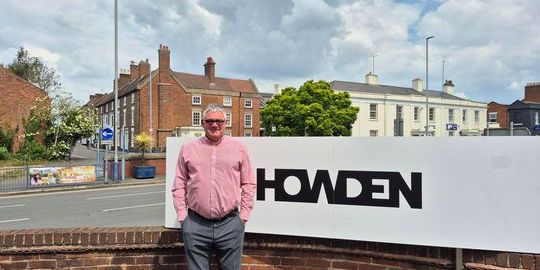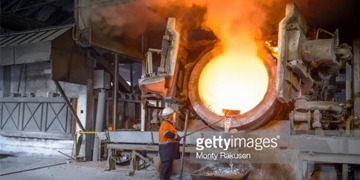An article from BMRA service member, Aston Lark

This is a subject we have covered in the past, but it is the one element of insurance that will keep your business running following a large or catastrophic loss such as a fire in the yard.
The purpose of Business interruption insurance is to maintain the turnover of the business following an insured incident so that you can be in the same trading position after the interruption as you would have been in had the loss not occurred.
There must be insured damage to the property for the Business Interruption cover to kick in. Although material damage to property must be insured, this doesn’t necessarily have to be by you, the policyholder – you may occupy a leased premises, which would be insured by your landlord.
The insurance provided is limited by time, referred to as the Indemnity Period, as well as by a monetary amount (Sum Insured). The period begins on the day of the incident and ends when the business has made a full recovery or on the expiry of the Indemnity Period, whichever occurs first.
So, what can be covered/paid?
Gross Profit
This covers the loss of gross profit following a reduction in your turnover and any increased costs of working.
It is best suited for businesses with a sizeable volume of uninsured working expenses (directly variable costs, whereby a high element of turnover comprises of expenses that vary in direct proportion to it).
Standalone Increased Costs of Working
Increased costs arising following a serious incident, which the policyholder will need to incur to mitigate the effects of the loss.
Examples of increased costs are:
- Overtime payments
- Hire of alternative machinery
- Additional travel, transport and expenses costs
This cover is automatically included and incorporated into either your Gross Profit or Gross Revenue limit of liability, but you may wish to have this cover solely on its own without Gross Profit cover. This should only be purchased when you are certain a loss of profit from an interruption will not arise but when you do anticipate a degree of increased costs. This could be where your operation has a large enough yard area to continue to trade without much difficulty. A temporary depollution bay could be installed, and machinery or plant hired in until damaged items are replaced.
Are you insured for long enough?
The right Business Interruption cover can mean the difference between getting back up and running and going out of business if you’re unfortunate enough to suffer a major incident.
Whilst many businesses purchase this insurance, they often don’t buy enough cover, which can lead to being underinsured. This means that the insurance won’t protect a business throughout the full cycle of a claim, leaving businesses high and dry when cover is needed most.
If the indemnity period is too short, cover will end before the business is back up and running and the operator will be left to face the rest of the recovery without any financial support from insurance cover.
Some common timescales following an incident
- Three months – Following a major incident, for example a large fire, insurers will carry out a forensic investigation to establish the cause before cover can be confirmed and any work can start to reinstate buildings etc. To make the building safe, gain access and conclude this initial report can take an average of three months.
- Six months – Any significant work on the premises will need planning permission. The average time to obtain this, including time for plans to be drawn up, is six months.
- Nine months – After the incident, it’s likely that work can start on repairing or rebuilding the premises. Your business may have been able to continue in some form, but some processes or sales may only be able to continue when the building has been rebuilt.
- 15 months – A rebuild of premises could take six months, meaning the operator can begin to kit out premises around 15 months post-incident.
- 16 months – Provided that machinery lost in the initial incident has been ordered and has arrived, six weeks should be allowed for fitout and commissioning.
Whilst business can resume as usual, it can take a business many additional months to fully recover to the position they were in before the incident occurred.
Remember, Business Interruption insurance can provide cover for Loss of Gross Profit until that Gross Profit is no longer affected by the incident – the cover does not stop the moment the premises is reinstated.
Our recommendation:
12 months’ cover is never enough. At Aston Lark we always recommend a minimum of 24 months, but proper consideration needs to be given to how long it would take for your business to recover.
If you would like to discuss any aspect of this article, please contact Steve Walker on 01384 375555.



